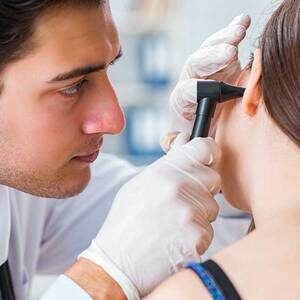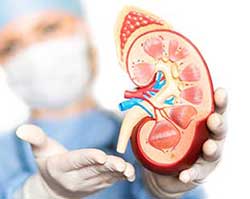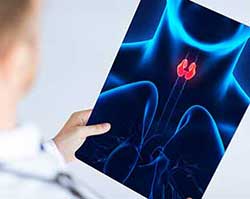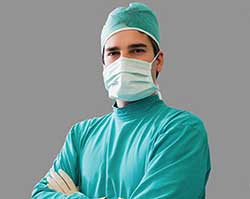Consult City's Top Doctors, The Minute You Need To
First Consultation starting
@ ₹349 ₹599
2031
Gastroenterologists
163839
Cases done
by Gastroenterologists
1534
Hospitals
What is Upper Endoscopy?
What is Upper Endoscopy?
This is a test that inspects your oesophagus, stomach, and small intestines. It uses a thin scope with a light and a camera to scan the above areas.
When is Upper Endoscopy Recommended?
This test is recommended especially when a patient’s body symptoms do not respond to the treatment. It is undertaken on the pretext of exhibiting symptoms such as – blood-vomiting, regurgitation, anaemia, abdominal pain, etc.
The test is also recommended if irritation, ulcer, and cancer on the gastrointestinal lining is to be diagnosed.
Preparing for Upper Endoscopy
Before an upper endoscopy, the doctor should be notified of any health complications in the patient - pregnancy, any lung or heart conditions, and allergies to any medications.
The patient should not consume anything for 8 hours prior to the procedure.
If there is a patient suffering from high blood pressure, any heart or thyroid conditions, medications can be taken prior to the test.
However, for a person suffering from diabetes, he has to adjust the level of insulin injected during that time.
The sedation during the procedure causes drowsiness and dizziness.
However, this is normal and besides that, there are low risks associated with the test.
Understanding Upper Endoscopy results
After the test, the doctor can deduce what is the complication present in the upper digestive tract.
if the result of the test shows smooth duodenum, oesophagus, and stomach, it indicates that the patient is normal.
However, an abnormal EGD can indicate many problems including celiac disease, gastritis, tumours, and ulcers.
However, there is nothing to worry about. mfine provides you with a fully detailed treatment plan; only for the purpose of helping you to achieve optimal health
Other Specialities
Give a missed call to 08061914343 to Download the App
































